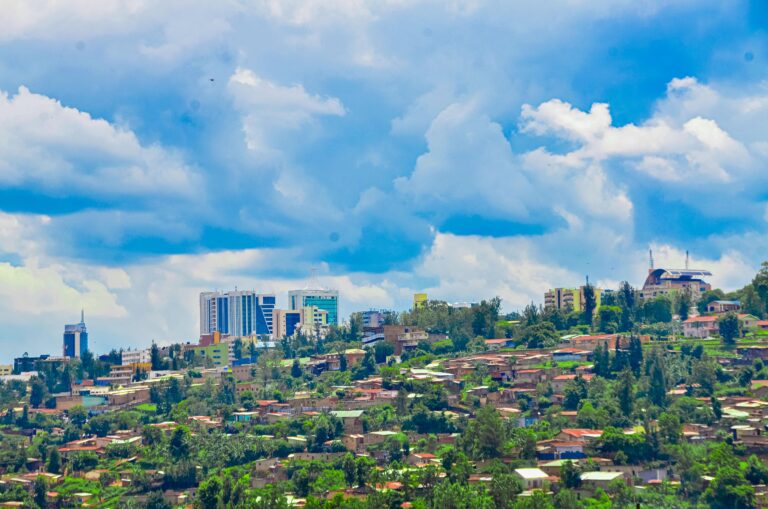Introduction
Rwanda’s remarkable journey from high poverty levels to significant reductions is often termed a “miracle.” Following the tragic events of the 1994 genocide, the nation faced insurmountable challenges, with more than 60% of its population living in poverty. Today, that number has plummeted to roughly 30%, showcasing a successful transformation.
Economic Reforms and Initiatives
The Rwandan government has implemented a series of strategic economic reforms aimed at stimulating growth. These measures have included investing in agriculture, infrastructure, and education. This comprehensive approach has not only facilitated food security but also fostered entrepreneurship in the rural communities.
Focus on Agriculture
Agricultural innovation has been at the forefront of Rwanda’s poverty reduction strategy. Programs such as the Crop Intensification Program (CIP) have encouraged the use of high-yield seeds and modern farming techniques. As a result, many Rwandans have experienced significant increases in their incomes from agricultural activities.
Investing in Education
Education has played a crucial role in uplifting the country’s standards of living. The government has prioritized universal education and vocational training, understanding that a skilled workforce is essential for economic development. As literacy rates have increased, so too have opportunities for employment and higher wages.
Strengthening of Institutions
Effective governance and political stability have been pivotal in Rwanda’s progress. The country has focused on building strong institutions that promote transparency and accountability. This commitment to good governance has instilled international confidence and encouraged foreign investment.
Community Empowerment
Local communities have been actively engaged in the poverty reduction process. Through initiatives like Umuganda, a national community service day, citizens come together to improve their neighborhoods while fostering unity. This collective approach has empowered communities and reinforced a sense of ownership over their development.
Conclusion
Rwanda’s journey from 60% to 30% poverty is a testament to the power of resilience and strategic planning. The collaboration between the government and its citizens, along with targeted interventions, has created a path toward sustainable development. For more insights into these efforts, visit here.

